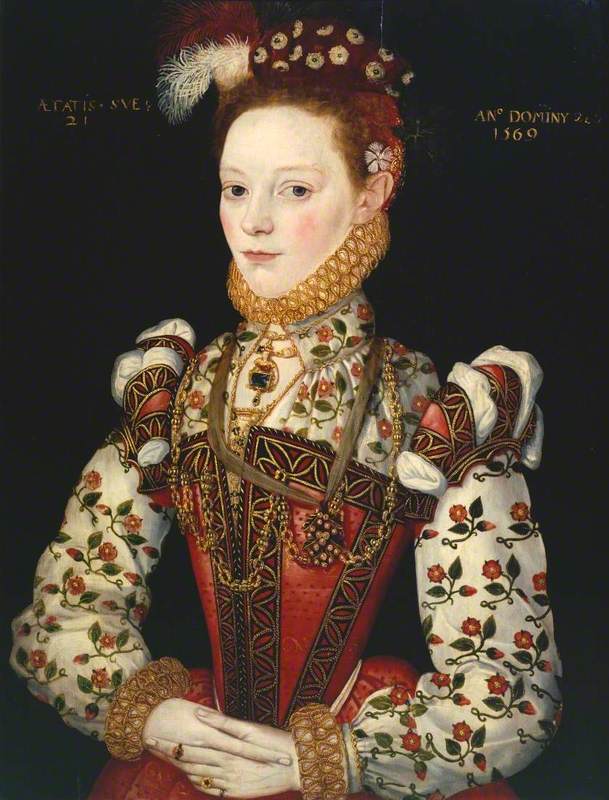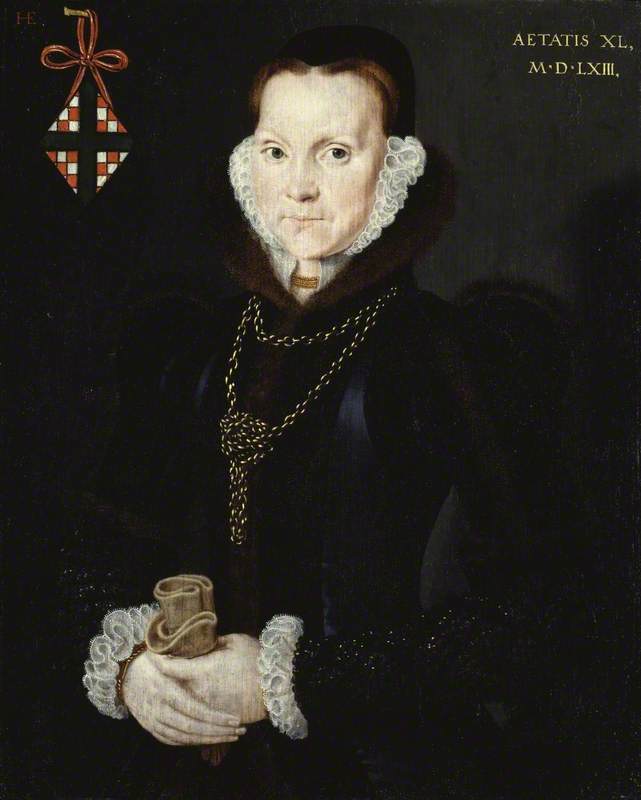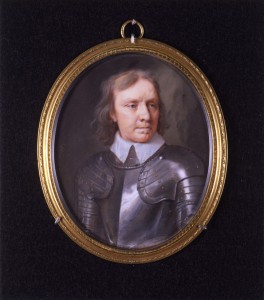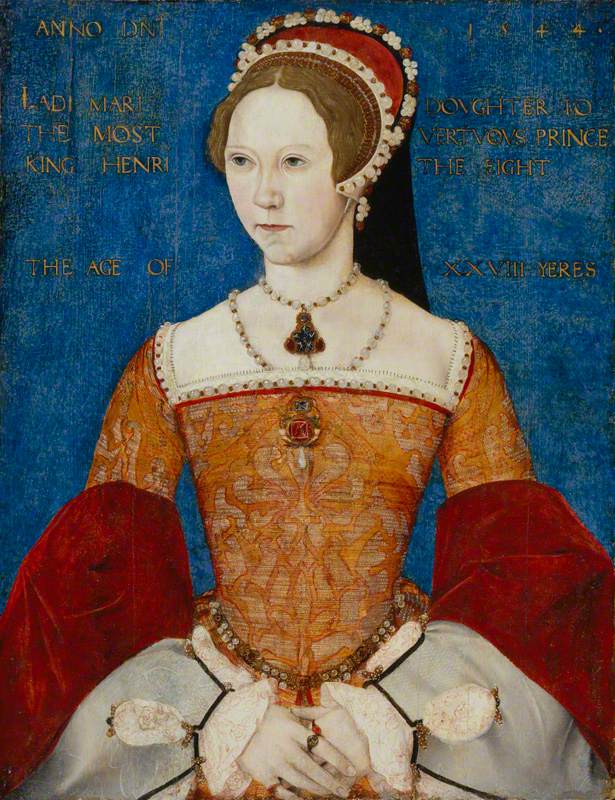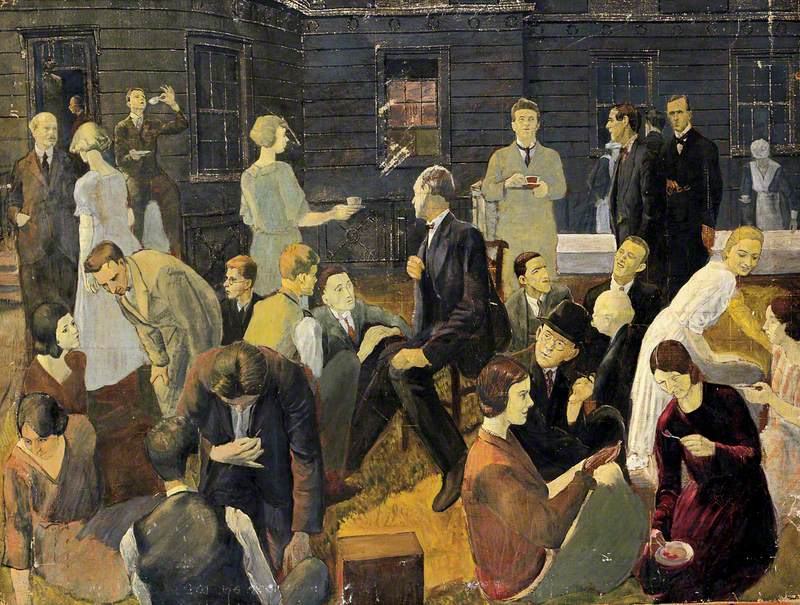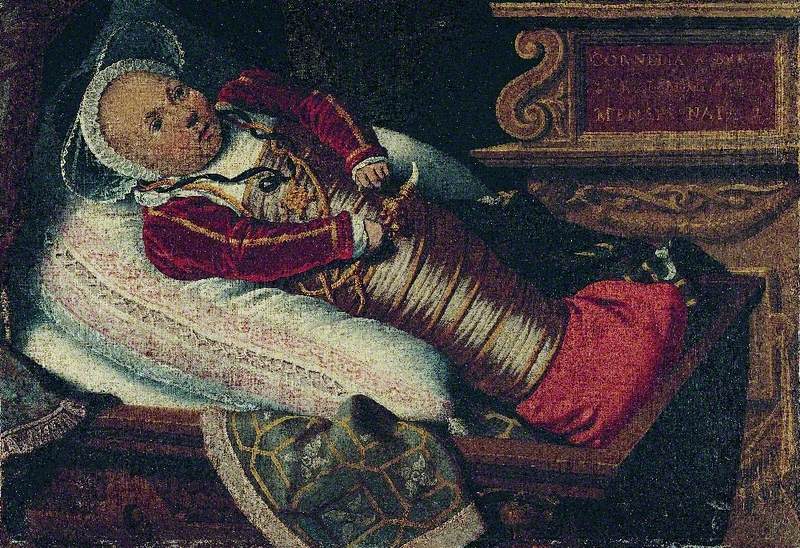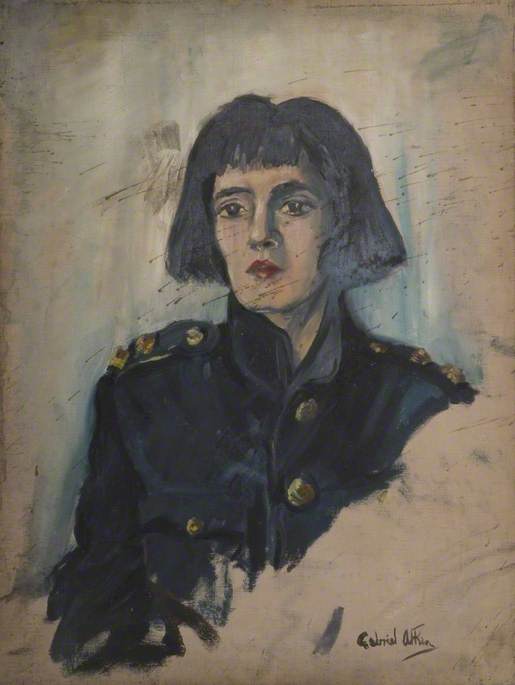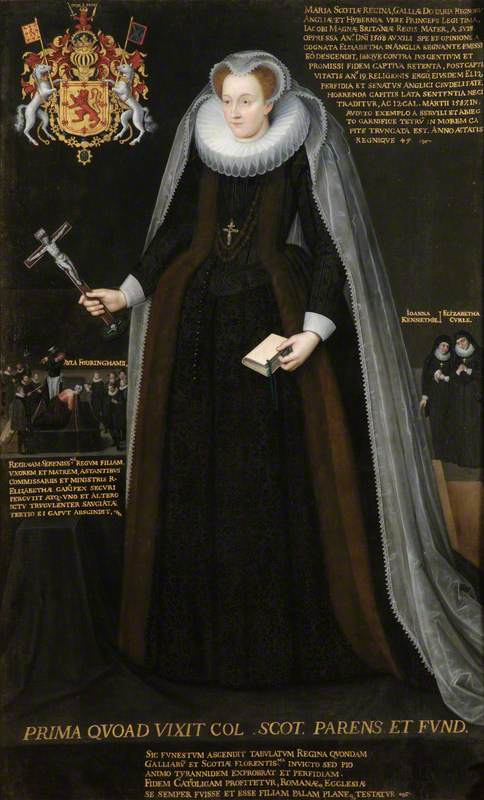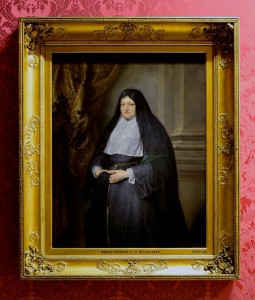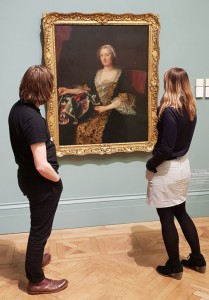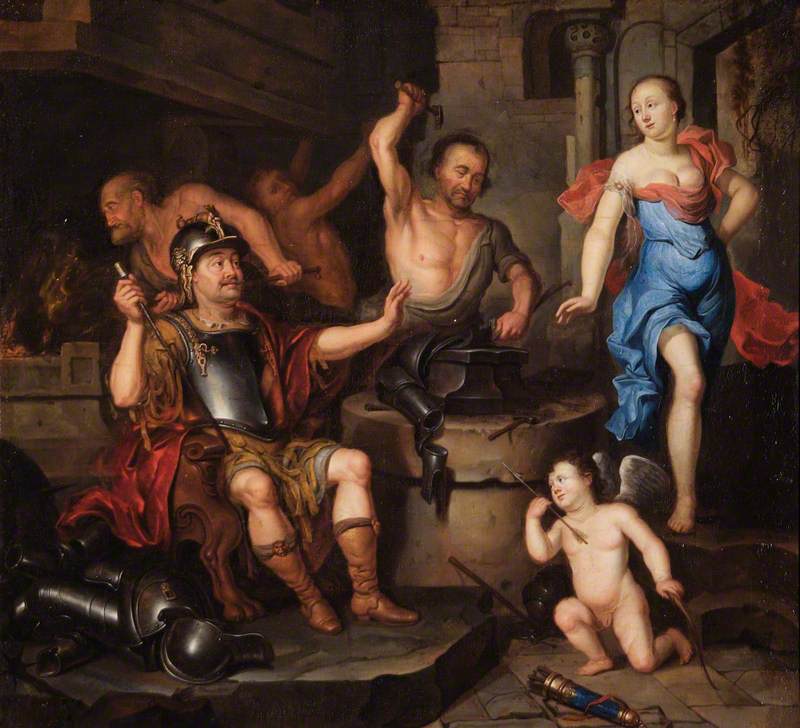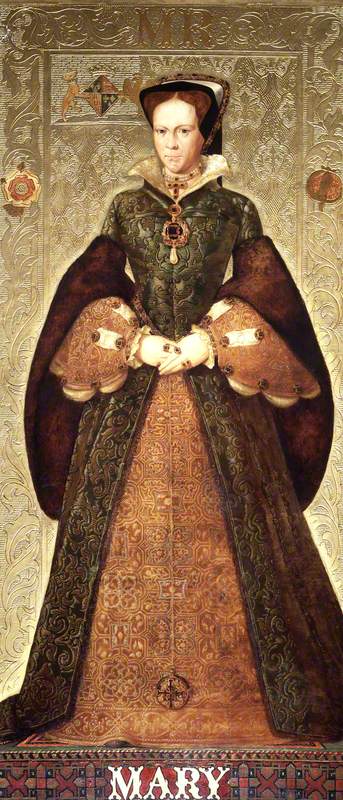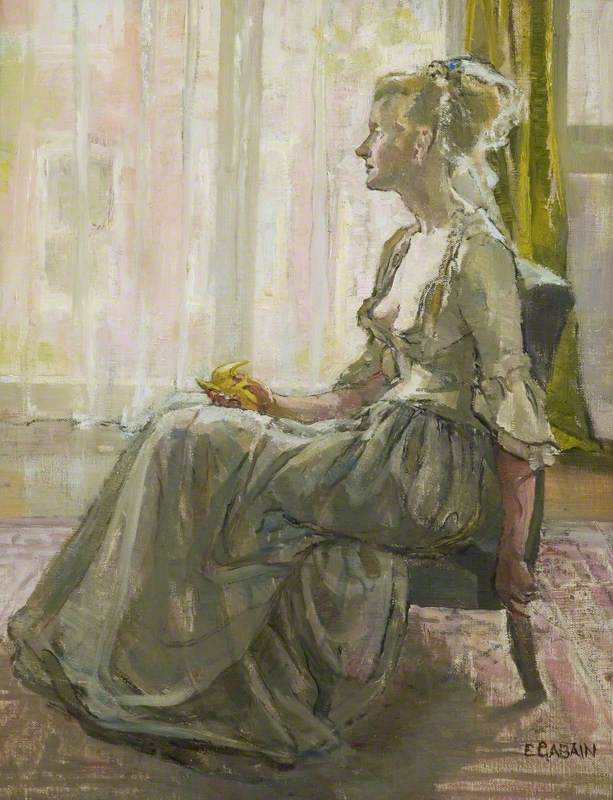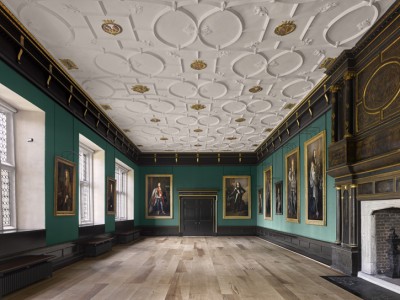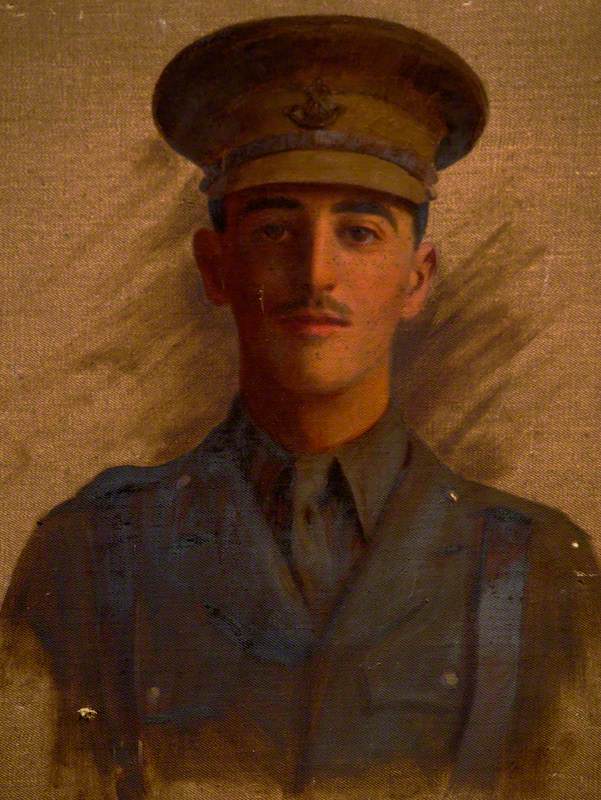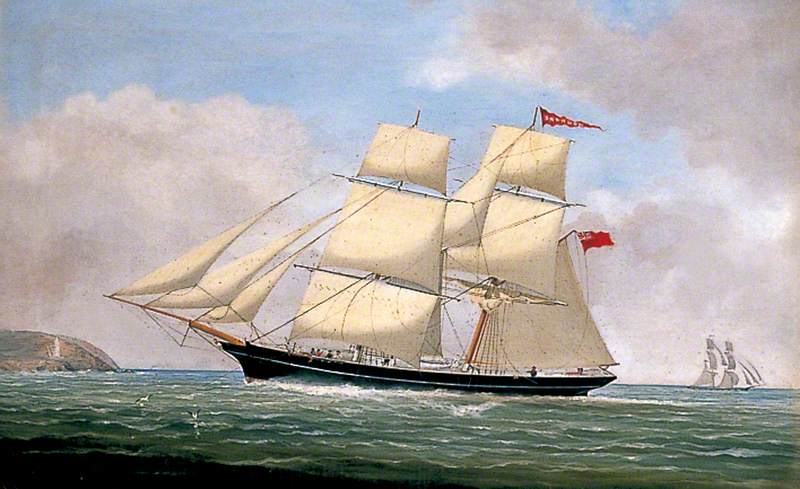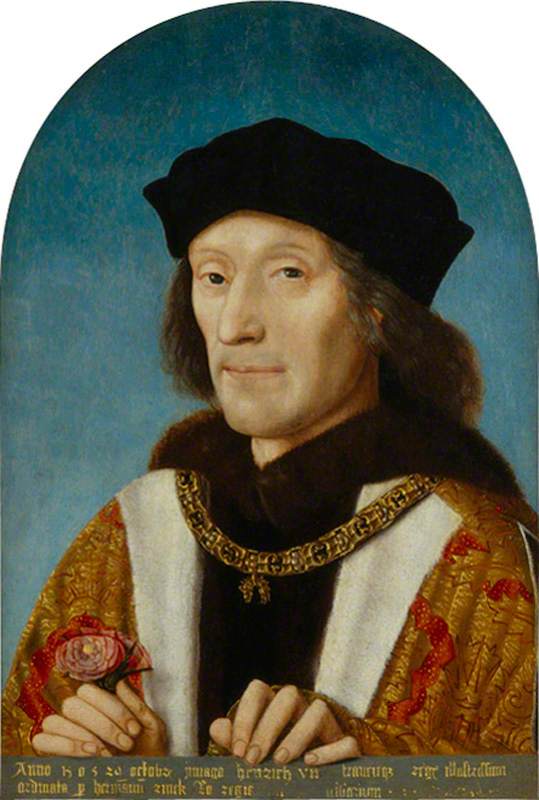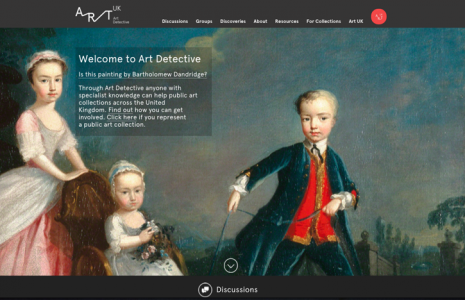Who was the 'Master of the Countess of Warwick'? That is the question posed by the current exhibition 'Tudor Mystery: A Master Painter Revealed' at Compton Verney (4th February to 7th May 2023).
Thomas Knyvett of Ashwellthorpe (c.1539–1616)
c.1569
Master of the Countess of Warwick (Arnold Derickson?) (active 1567–1569) 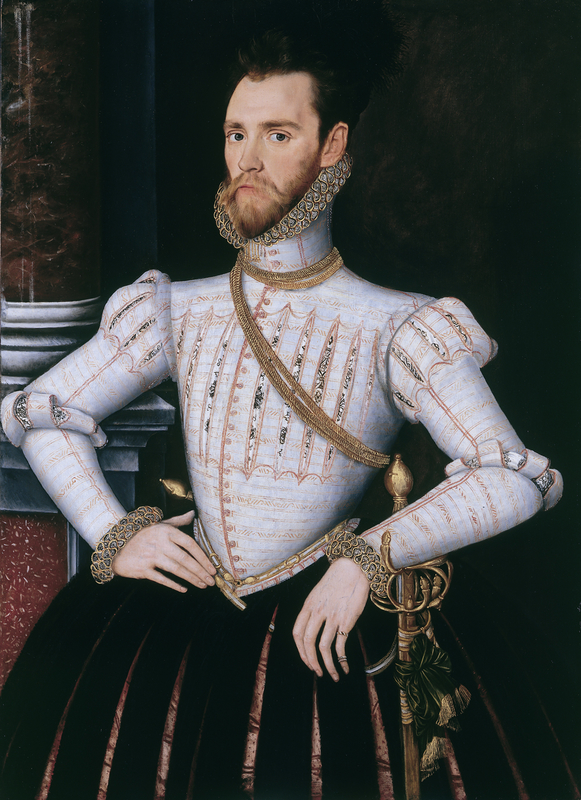
The starting point for the exhibition was a portrait in Compton Verney's own collection, which is attributed to this mysterious painter, and is typical of his work. Thomas Knyvett was a member of the Elizabethan elite, a Norfolk landowner who was well educated, owned a large library of books and engaged with intellectual developments on the Continent. Posing in his very best outfit – a white slashed doublet and heavy gold chains – with one hand on his hip and the other on his sword hilt, the rather stern-looking Knyvett is every inch the refined Elizabethan gentleman. But what about the artist who painted him?
Anne Russell, Countess of Warwick
c.1569, oil on panel by the Master of the Countess of Warwick (active 1567–1569) 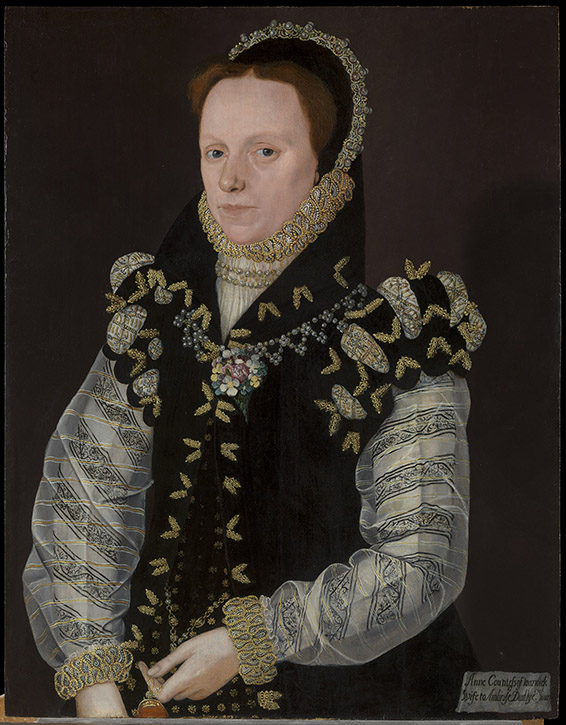
The artist known as the 'Master of the Countess of Warwick' was first named by Roy Strong in his book The English Icon (1969). Strong invented the name of the Master of the Countess of Warwick because he considered the portrait of Anne Russell, Countess of Warwick, in the collection of Woburn Abbey, to be the most characteristic work by this otherwise unknown painter. A number of other portraits shared similar qualities, and these were also attributed to the Master of the Countess of Warwick. None of the paintings are signed – signatures are anyway rare in Tudor art – but they are often dated, demonstrating that the Master of the Countess of Warwick was active in the later 1560s.
Lady Susan Bertie, Countess of Kent
Master of the Countess of Warwick (Arnold Derickson?) (active 1567–1569) 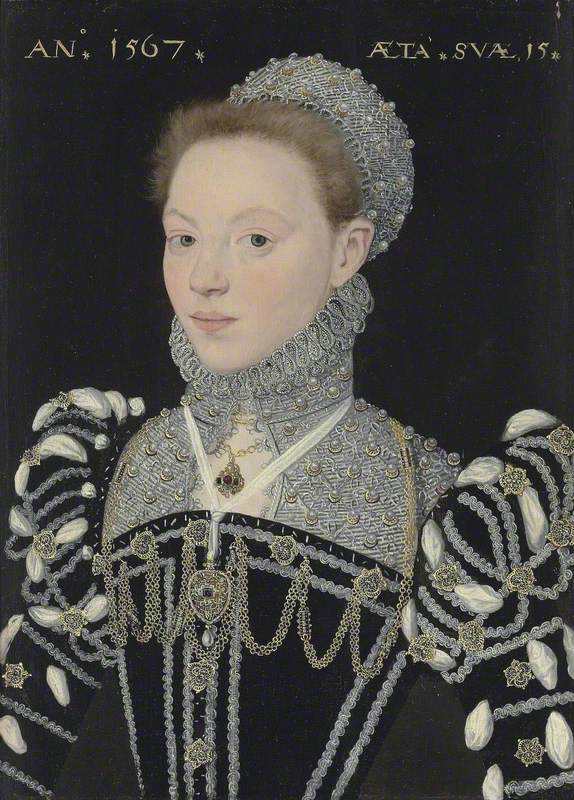
The exhibition offers visitors a chance to compare paintings attributed to the artists side by side for the first time. Comparing the Woburn portrait of Anne Russell with the portrait of Susan Bertie, Countess of Kent from the collection of The Beaney, Canterbury, provides useful insights into this artist's signature technique. Sitters are presented with the same stiff, upright posture and three-quarter turned angle of the head. The treatment of the hair is soft and fuzzy, while the details of their highly decorative outfits and jewellery are carefully recorded. Most notable of all are their faces, which are delicately painted and lifelike, the skin built up in a series of paint layers to suggest the underlying bone structure. Eyelashes and facial hairs, such as those of Thomas Knyvett's beard and moustache, are picked out individually. Often a blue vein is shown at the temple – a detail that the miniaturist Nicholas Hilliard later advised all good painters should note.
Roy Strong originally identified eight portraits by the Master of the Countess of Warwick, but over the past 50 years, that number has grown to closer to 50. Some may still be waiting to be found in private collections or hiding in plain sight in public collections, such as Tate's A Young Lady Aged 21, Possibly Helena Snakenborg, which is currently attributed to an unknown artist.
William Brooke, 10th Lord Cobham and his Family
1567, oil on panel by the Master of the Countess of Warwick (active 1567–1569) 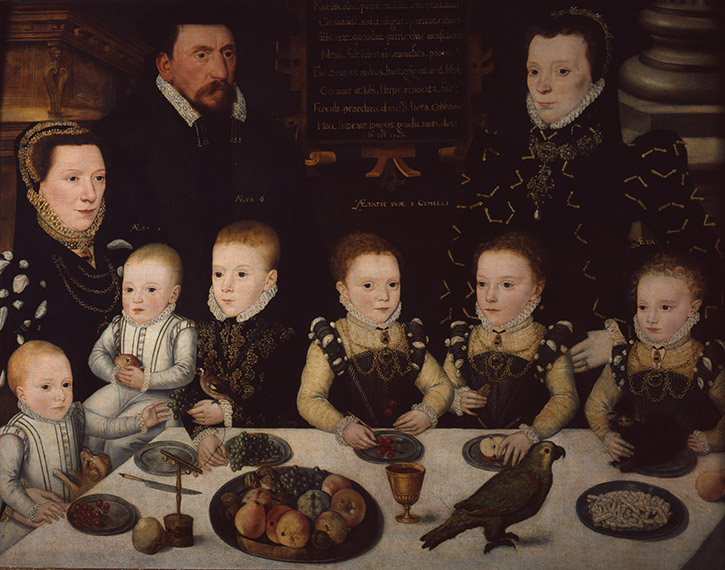
As well as being skilfully painted, works attributed to the Master of the Countess of Warwick are notable for their inventive compositions. In the group portrait of William Brooke, 10th Lord Cobham and his Family (at Longleat House) the whole family are grouped around a dining table set with a banquet of fruit, nuts and candied sweets. The six children also show off their unusual pets – a puppy, a goldfinch, a parrot and a marmoset. In another similar painting attributed to this artist, a family are shown with their children playing cards and chess. The style of these group portraits suggest that the Master of the Countess of Warwick may have come to England from the Netherlands, where such group paintings were more common.
During the sixteenth century many émigré artists came to London seeking work, including the Antwerp painter Hans Eworth (c.1520–after 1578), who arrived in England in the 1540s. The Master of the Countess of Warwick has often been described as painting 'in the manner of Eworth' – in the exhibition, we include examples of works by Eworth, including the Portrait of Elizabeth Roydon, Lady Goldring (at Tate), to allow viewers to consider this idea for themselves.
Eworth's portrait of Elizabeth Roydon has a psychological intensity, and even when working in a limited colour palette of fashionable black, Eworth has skilfully captured the different textures of satin, velvet and fur that make up her gown. Excitingly, Hans Eworth may also provide a clue to the real name of the Master of the Countess of Warwick. It has recently been suggested that the Master of the Countess of Warwick might have been one of Eworth's documented pupils – but to discover more about this part of the mystery you'll have to visit the exhibition!
Dr Amy Orrock, Senior Curator, Compton Verney Art Gallery & Park
'Tudor Mystery: A Master Painter Revealed' is showing at Compton Verney from 4th February to 7th May 2023
